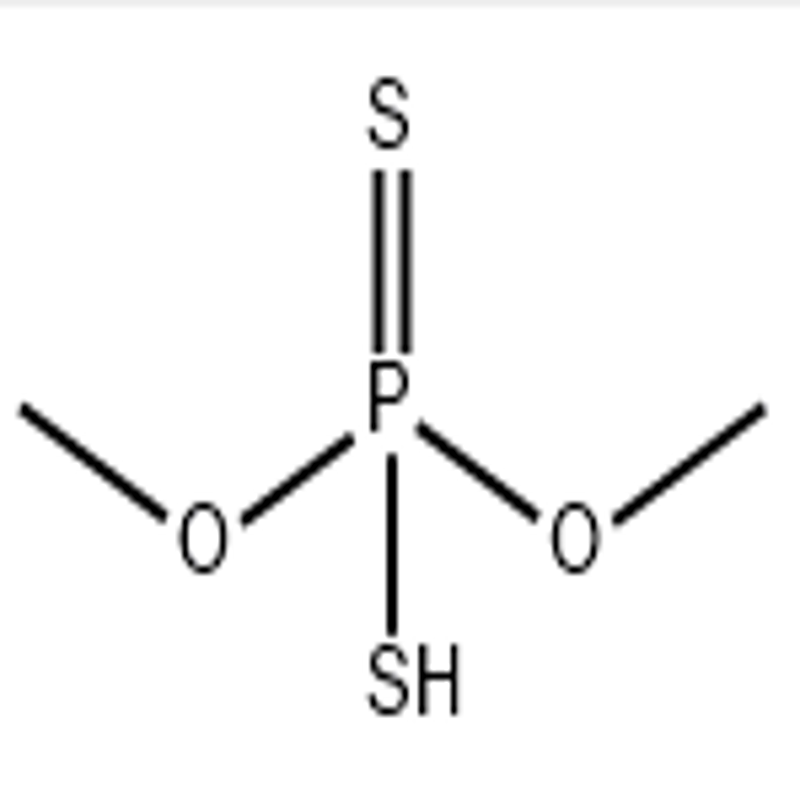-
Categories
-
Pharmaceutical Intermediates
-
Active Pharmaceutical Ingredients
-
Food Additives
- Industrial Coatings
- Agrochemicals
- Dyes and Pigments
- Surfactant
- Flavors and Fragrances
- Chemical Reagents
- Catalyst and Auxiliary
- Natural Products
- Inorganic Chemistry
-
Organic Chemistry
-
Biochemical Engineering
- Analytical Chemistry
-
Cosmetic Ingredient
- Water Treatment Chemical
-
Pharmaceutical Intermediates
Promotion
ECHEMI Mall
Wholesale
Weekly Price
Exhibition
News
-
Trade Service
Recently, based on human health risk assessments, Health Canada's Pest Management Regulatory Agency (PMRA) recommended that certain uses of the fungicide chlorothalonil be eliminated
.
These uses include:? Agricultural uses: highbush blueberries, lowbush blueberries, celery, cherries, chickpeas, rape, conifers (outdoor and nursery), sweet corn, cranberries, evening primrose, lentils, nectarines, onions , Ornamental plants (greenhouse and outdoor), dried peas, wheat and lawn (except snow mold prevention and control)
.
? Material anti-corrosion use: paint
.
After the reassessment, PMRA revised the risk assessment of chlorothalonil for occupational operation and living environment, and added the risk of chlorothalonil to human health, especially the risk of skin exposure
.
The rest of the re-evaluation information is consistent with the original description
.
? Based on the above revised risk assessment information, PMRA believes that under the revised conditions of use, the following agricultural uses will not cause unacceptable risks to human health
.
These uses include asparagus, carrots, celery (seed production), gourds, ginseng, mushrooms, parsnips, potatoes, tomatoes, lawns (only for snow mold)
.
As a condition for the renewal of registration for the above uses, PMRA proposed new risk reduction measures and added them to the labels of products containing chlorothalonil
.
? PMRA is soliciting suggestions for the re-assessment of chlorothalonil from various stakeholders in order to further improve the risk assessment and reduce risks
.
Proposals are submitted until April 10th
.
(World Agrochemical Network)
.
These uses include:? Agricultural uses: highbush blueberries, lowbush blueberries, celery, cherries, chickpeas, rape, conifers (outdoor and nursery), sweet corn, cranberries, evening primrose, lentils, nectarines, onions , Ornamental plants (greenhouse and outdoor), dried peas, wheat and lawn (except snow mold prevention and control)
.
? Material anti-corrosion use: paint
.
After the reassessment, PMRA revised the risk assessment of chlorothalonil for occupational operation and living environment, and added the risk of chlorothalonil to human health, especially the risk of skin exposure
.
The rest of the re-evaluation information is consistent with the original description
.
? Based on the above revised risk assessment information, PMRA believes that under the revised conditions of use, the following agricultural uses will not cause unacceptable risks to human health
.
These uses include asparagus, carrots, celery (seed production), gourds, ginseng, mushrooms, parsnips, potatoes, tomatoes, lawns (only for snow mold)
.
As a condition for the renewal of registration for the above uses, PMRA proposed new risk reduction measures and added them to the labels of products containing chlorothalonil
.
? PMRA is soliciting suggestions for the re-assessment of chlorothalonil from various stakeholders in order to further improve the risk assessment and reduce risks
.
Proposals are submitted until April 10th
.
(World Agrochemical Network)







